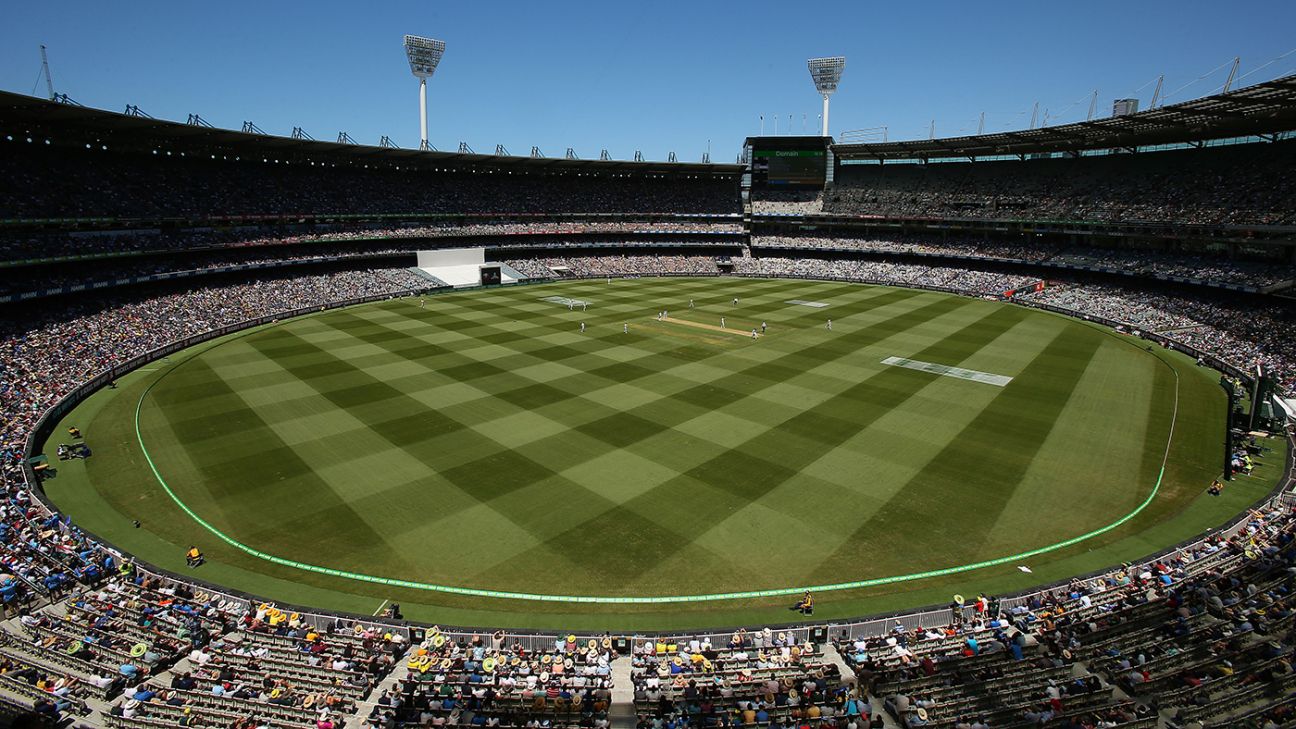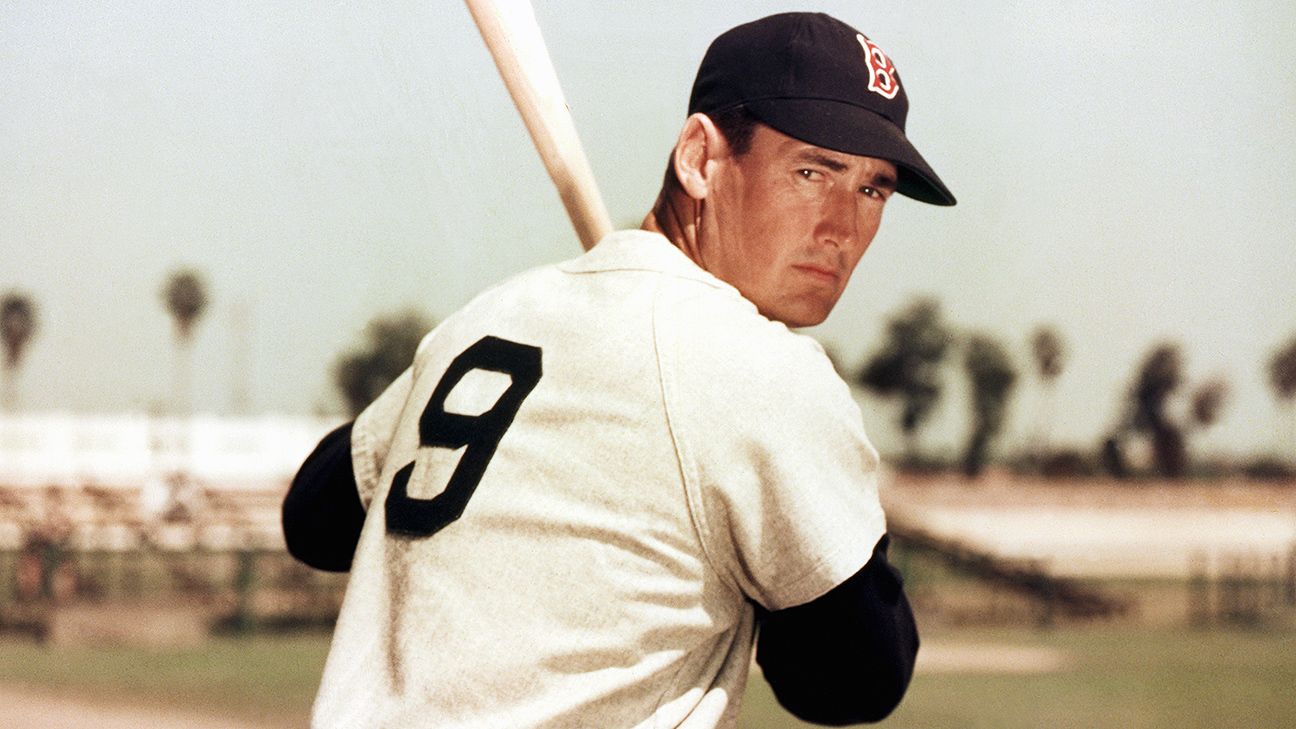
Melbourne Cricket Club, the custodians of the MCG, have no plans to adopt the improved drop-in pitch systems used by Adelaide Oval and Perth Stadium, and have for years had minimal links with the company at the cutting edge of drop-in pitch technology in Australia.
StrathAyr, the portable turf company that first become involved in managing the transition between cricket and football at major venues following the creation of drop-in pitches for Kerry Packer's World Series Cricket at Waverley Park in suburban Melbourne, has only a limited relationship with the MCG, dating back to its use by the rival Docklands Stadium to produce drop-in pitches in the early 2000s.
While the company is still contracted by the MCG to transport the pitches from its nursery to the centre of the ground at the conclusion of each football season and back at the beginning of the next, the cricket club has chosen instead to go it alone. It is attempting to produce quality pitches from concrete pitch trays that have long since been superseded by the porous, open-bottomed steel versions favoured at Adelaide Oval, Perth Stadium and elsewhere.
In the case of Adelaide Oval, StrathAyr was closely involved in the construction of the drop-in pitches first installed in 2013, when the ground became a multipurpose venue for both AFL and cricket matches. Working closely with the oval's curator Damian Hough, they oversaw the use of steel trays on a natural base, supported by pylons, to create a far more natural wicket environment that could also be micromanaged out of season.
This blueprint then formed the basis for the construction of the Perth Stadium drop-in pitches, first used for a Test match last summer. In each case, the surfaces produced have been able to create a set of distinctive characteristics, offering something to batsmen, pacemen and spin bowlers. Adelaide's surface has evolved into one using a generous grass covering that affords the possibility of seam and spin throughout the match, while Perth has so far offered plenty of bounce and pace, in keeping with the pitch's higher clay content and the traditions of the WACA.
ALSO READ: From 'poor' ICC rating to match abandoned: timeline of a troubled MCG pitch
However the MCG's recent efforts to reinvigorate its pitches has been limited to the removal of the concrete slab under the drop-in wicket block and the growing of new pitches in the original concrete beds, which are not open at the bottom, a marked difference from the Adelaide and Perth systems. The MCC's chief executive Stuart Fox has insisted that the club can find a pathway to better pitches without changing systems.
"The curators talk, they're part of a network, so they're always sharing information. We have made changes like removing the concrete base in the middle," Fox said. "We actually think we're on the right path.
"The drop ins severely deteriorate by day five. Ours haven't shown that, so that's why we're trying to liven up things at the earlier stages of the game - the lateral seam movement is quite important. Age has been a bit of a factor with the pitches. As we move forward the next three years we'll have new pitches here that hopefully there might be a new brand of cricket for the MCG."
The MCG curator Matt Page, who moved from the WACA and its work on pitches for the new Perth Stadium to the MCG in 2018, had initially spoken about how he was hopeful of implementing a similar system to Adelaide and Perth at the MCG. "The pitches are in a steel tray but they have open bottoms so water can pass through, and the thing is with the concrete pillars, they're 600mm wide, so basically on a pillar you'll get half the wicket sitting on one, and half of the tray sitting on another," Page told ESPNcricinfo last year.
ALSO READ: Inside the MCG's pitch reboot
"Then in the middle you've got your natural environment in terms of drainage sand and drainage gravel. So it should behave more like an in-situ wicket. It's a more natural environment for them to grow in, that's why they went down that path with what Adelaide do. That's where we're at at the moment, we've got this concrete slab and we want to improve the technology, and it's with the architects as to how we're going to get that out and what system we'll put in place once the season's done. To go to the rails system, hopefully that's going to improve our pitch performance."
However by the start of this season, it was clear that rather than making the full change from one system to another, Page had been left to try to grow new pitches and get better results out of the old ones, while using the same concrete trays. "I guess for us it was trying to create as much of a natural wicket table as we possibly could with the trays. The only thing is the tray is still out there, everything else is like an in-situ wicket, and I guess we're hoping they might perform more like a natural wicket block," Page said in October.
"The actual tray itself is no different, the thing we're trialling is a different type of clay which we're looking at. We've built two wickets out the back in our practice area with this different clay. We're looking at improving our pace and bounce and hopefully, we'll get some cracks in it which hopefully will lead to some deterioration in our longer formats. That's all an exciting process that we're looking forward to and something that we'll look progressing with over the next couple of years."
That brought some marginal improvement in the surface early in the season, notably the pitch prepared for the Sheffield Shield match won narrowly by Queensland over Victoria. But anxiety at the MCC about the lack of assistance for bowlers led to an underprepared pitch for the Shield game against WA, which was abandoned on Sunday - much to the embarrassment of the MCC, Cricket Victoria and Cricket Australia - less than three weeks before the Boxing Day Test.
"I think we all know it's not ideal but our curators and staff have our full support," Fox said. "They haven't done this on their own, it's been at the direction of the MCC and that has been supported by all of our stakeholders. CA have been fantastic. We've all wanted life in the pitches, we didn't want this much and it is unfortunate and we apologise for that but we're not going to crucify people.
"It's all about learning with pitches that are fairly old. Everyone's heard about the story and the journey and we're spending a lot of money to improve our pitches over the long term. It was never ever going to be a short totem game it's a long term game. It takes a lot of time. a lot of investment. We think we're on the right path."
As far as drop-in pitches are concerned, the MCC's path looks an increasingly lonely one.















 Phone: (800) 737. 6040
Phone: (800) 737. 6040 Fax: (800) 825 5558
Fax: (800) 825 5558 Website:
Website:  Email:
Email: 






